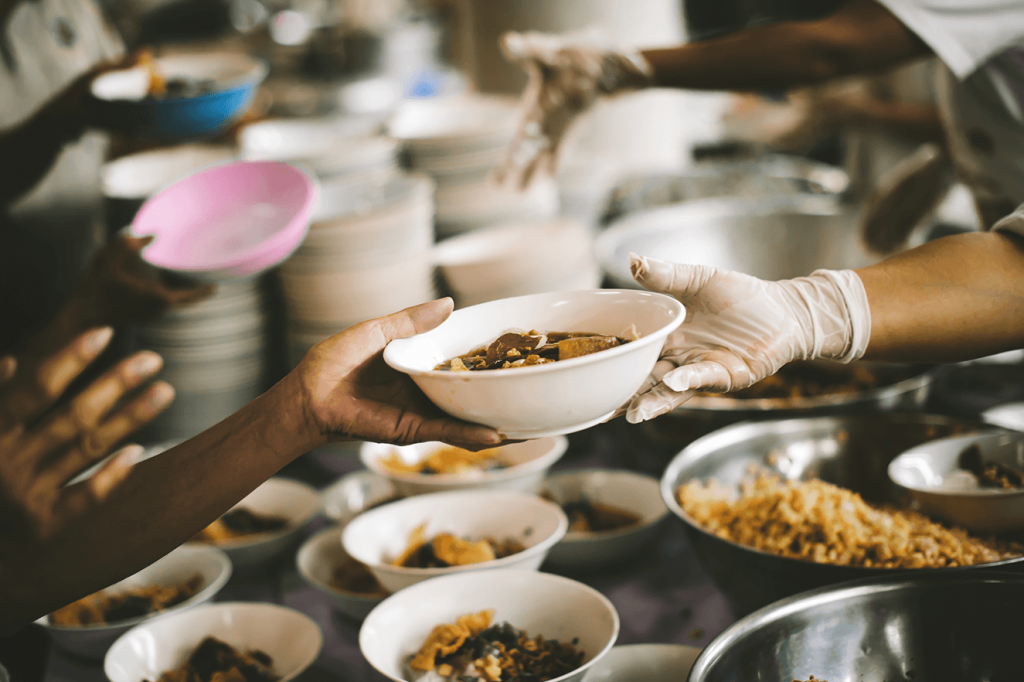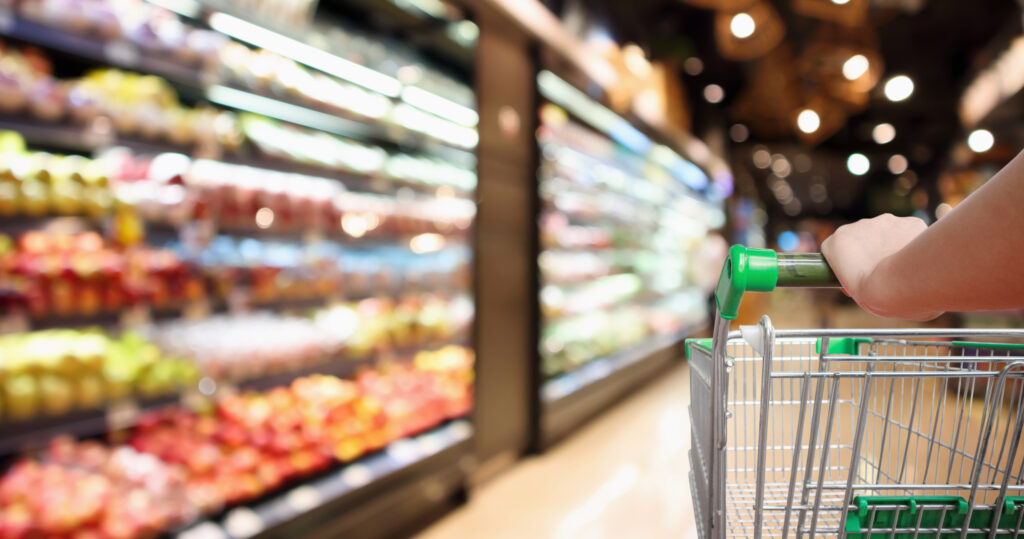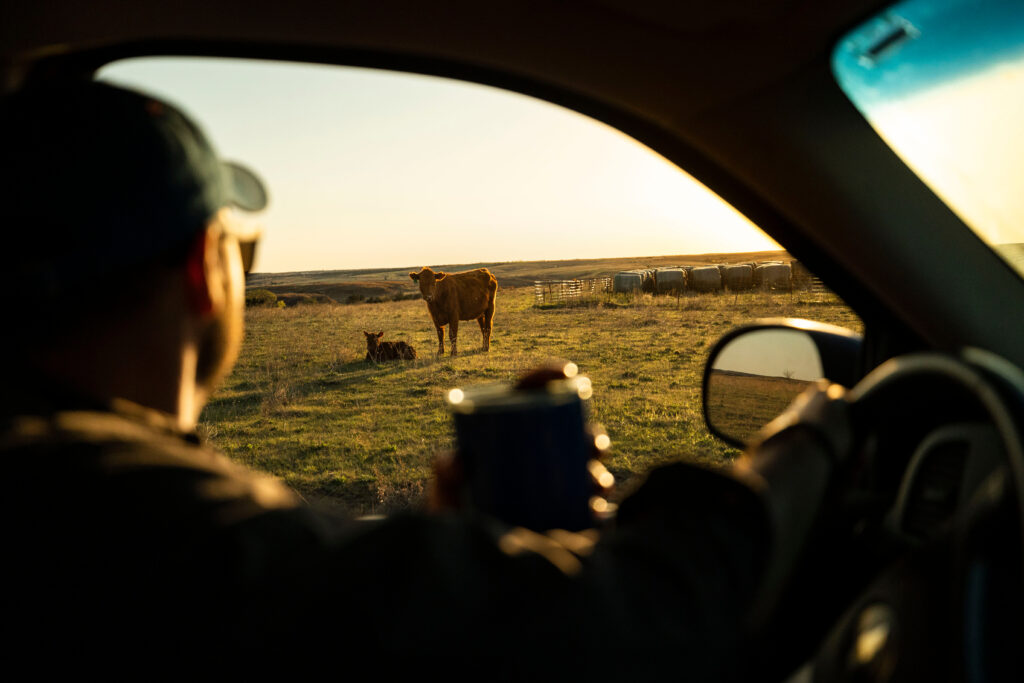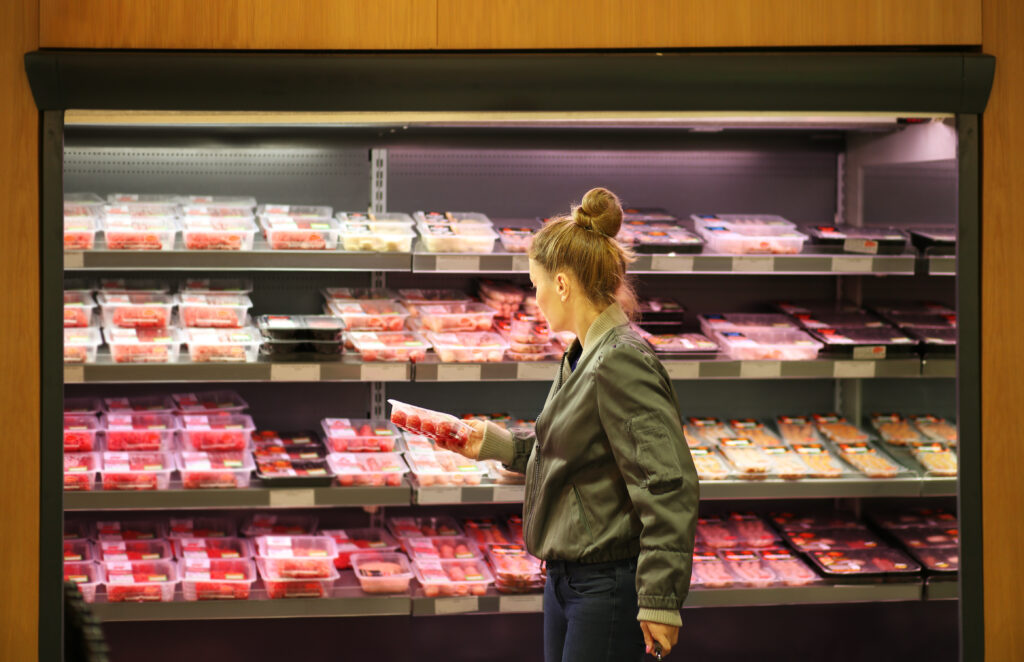We're dispelling the myths of industrial agriculture.
Welcome to our Big Ag Mythbusters blog series! We are here to debunk the tall tales that multinational agrifood corporations use to defend their business model and defeat any meaningful reforms. We’re publishing this series alongside our groundbreaking report titled “The Truth About Industrial Agriculture: A Fragile System Propped up by Myths and Hidden Costs.”
MYTH
Industrial agriculture is the only way to feed the world.
The Truth
You’ve heard it all before: Big Ag behemoth Smithfield Foods promises to “help the world thrive.” Agrifood giant JBS commits to making “every meal good for the world.” Vertically-integrated Cargill pledges to nourish the world. This narrative is everywhere, and it’s effective: most people believe that without massive, industrialized crop and livestock operations, the world would go hungry.
The truth is, these companies have grown alarmingly good at conjuring up marketing campaigns to justify their business model. They spend millions painting themselves as benevolent benefactors working “harder than ever to provide families around the world with food.” The implicit understanding is that these corporations are the only thing standing between your family and starvation.
While we have enough food to feed everyone in the world, almost 700 million people are still chronically undernourished.
What they don’t mention is that while we have enough food to feed everyone in the world, almost 700 million people are still chronically undernourished. How can this be, you ask? The answer is simple: when profit for monopoly companies is the top priority, industrial agriculture will never successfully feed the world.
Wealth, Not Health
Yields of a few staple crops have increased under industrial agriculture’s rein over our food system, but this hasn’t led to a nourished world. Globally, millions cannot afford a healthy diet. As the industrial model of agriculture took off, so too did people’s consumption of added sugars, added fats, and processed foods. In 2019, an FAO report found that worldwide rates of undernourishment, obesity, and food insecurity have actually increased in recent years.
In an extractive, industrial, profit-driven model, people’s access to nutritious food has nothing to do with what is being grown nearby. In fact, half of all people experiencing food insecurity worldwide are farmers. Both rural and urban populations in the U.S. are at the mercy of corporations extracting wealth from their communities while controlling their food access. A handful of executives decides who gets to eat — and what they get to eat.
Food systems expert Dr. John Ikerd has said that “markets have never provided food security and never will.” They do, however, provide billions of dollars a year for shareholders and CEOs who reap record profits from schemes like the feed-meat complex, which artificially lowers the value of grains, using them to feed animals instead of people.
In the U.S. alone, over 15 million households experienced food insecurity in 2017.
That same year, almost 90% of cereal grains grown on U.S. soil were used for purposes other than human food.
In the U.S. alone, over 15 million households experienced food insecurity during 2017. That same year, almost 90% of cereal grains grown on U.S. soil were used for purposes other than human food.
Let that sink in.
We Need Sovereignty, Not Saviors
Big Ag has normalized a dangerously inaccurate story to justify their extractive model. This story depicts Big Ag as the hero, the only actor capable of extracting the food we need to feed an ever-growing population.
Here’s where they’re wrong. The earth is not a passive entity to be exploited for maximum productivity. As Indigenous communities have known for centuries, the earth is a naturally regenerative body that can be cultivated to remain ecologically productive for thousands of years. Farming and land stewardship go hand-in-hand, as farmers are necessarily invested in the health of the ecological systems that sustain them. In pushing a narrative of industrial necessity, Big Ag has left a mess of environmental, social, and economic destruction in its wake.
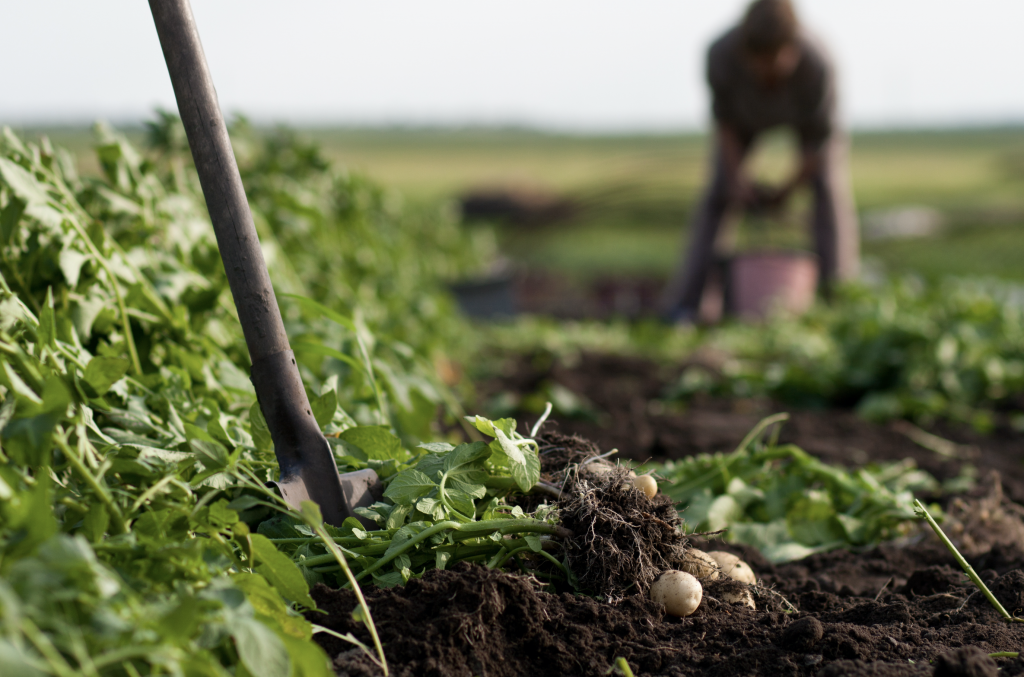
It’s true that the human population is growing, but without intensive industrial practices that flood markets, destroy soil, and exploit farmers, many communities wouldn’t need a hero to provide food. They could simply feed themselves: already, 70-80% of people worldwide are being fed by smaller farms. Research shows that these small farmers could double or even triple their production without adopting industrial farming methods.
Today’s local and regional food systems excel at feeding their communities. For example, think back to the worst of the COVID pandemic, when food was flying off the shelves and there was widespread panic over the food supply. Locally-focused producers and distributors adapted and worked overtime to feed their communities. Meanwhile, the “Big Four” meatpackers made record profits on increased exports to China while inflicting unsafe working conditions on their employees.
As long as our agriculture policies enable a small number of very powerful companies that prioritize profits over people, we will never successfully, equitably, and safely feed the world.
A Just Transition
So what is the solution?
The first step is to break the stranglehold that a few corporations have over our food system. At the same time, we need to invest in a competitive, transparent food system with lots of independent producers, processors, and distributors. Within this system, we would see more farmers selling directly to consumers, food hubs distributing locally-produced products, independent processing plants serving farmers in their regions, community supported agriculture networks ushering produce from farm to table, and an abundance of local options in retail grocery stores.
A democratized system would give each player along the supply chain — farmers, workers, processors, consumers — the ability to make the best decisions for their businesses, their communities, and their families.
With policy that supports resilient local and regional food systems, people could connect to their food sources, keep money circulating within their local economies, and live healthier lives.
It’s no easy task, but the payoff would be worth it. With policy that supports the sustainable scaling of socially- and economically-resilient local and regional food systems, people could connect to their food sources, keep money circulating within their local economies, and live healthier lives.
Written by Anna Straus; designed by Dee Laninga; edited by Dee Laninga, Angela Huffman, Emily Miller, and Joe Maxwell; concept developed from “The Truth About Industrial Agriculture: A Fragile System Propped up by Myths and Hidden Costs” by Emily M. Miller.

